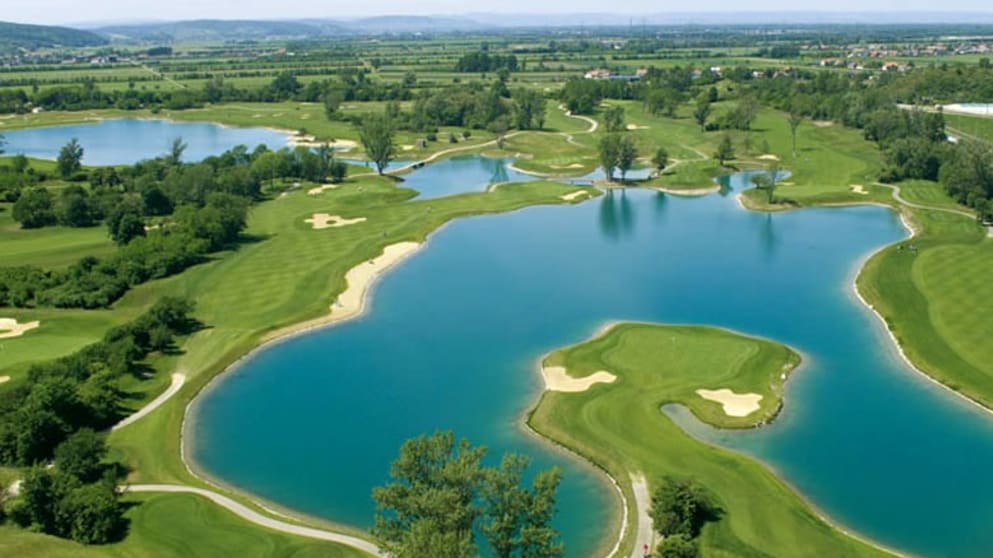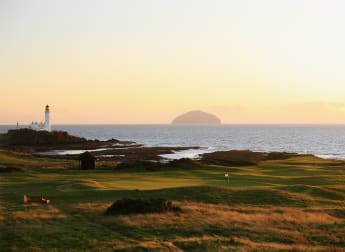As suggested by the tournament title the Lyoness Open is going green this year, with sustainability and the environment at the forefront of the sponsors’ mind.

Through its Greenfinity Foundation, Lyoness is committed to an annual reduction of the tournament’s ecological footprint, a comprehensive indicator of sustainability which measures the total amount of land and resources used.
Based on data from last year’s tournament, which was calculated following discussions with the organisers, construction companies and catering contractors, the total ecological footprint was measured at almost 300km².
Thus, in order to provide all the necessary natural resources and absorb the waste created by the tournament, the planet would need to regenerate around 300km² of biologically productive land and sea area, which is approximately one fifth of the size of London.
Transport and mobility was responsible for creating 84% of the ecological footprint, with the arrival and departures of the golfers (plus families and caddies), the spectators and the television crews all taken into account; whilst a further 8% of the resources were required for the transport of goods, including materials needed for infrastructure such as tents and grandstands.
More precise figures will be calculated after this year’s Lyoness Open powered by Greenfinity, with all spectators being asked to fill out a questionnaire detailing how far they travelled, and what mode of transport they used, to get to Atzenbrugg.
At present, the earth annually provides approximately 1.8 hectares per person to satisfy their daily needs, but the average ecological footprint per person is currently around 2.7 hectares per year.
This means that the global population’s standard of living is therefore beyond the planet’s capacity to regenerate, which is why the Greenfinity Foundation wants to make all Lyoness locations and events more climate-friendly in order to minimise the company’s ecological footprint.







